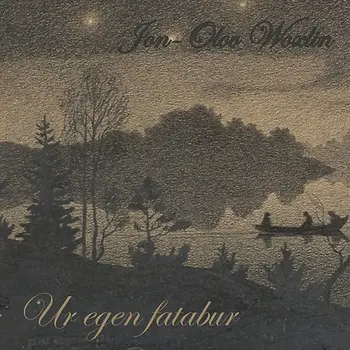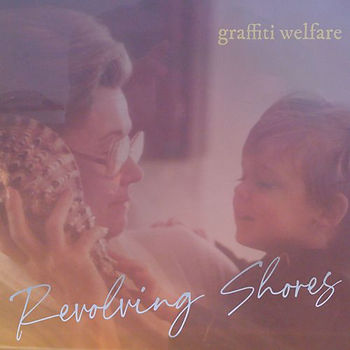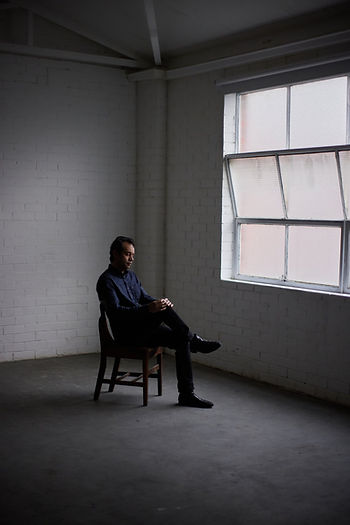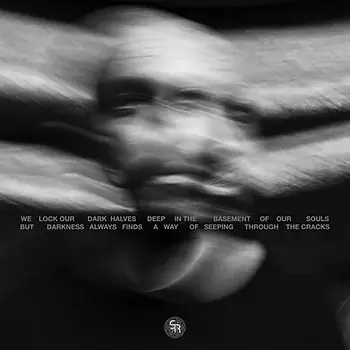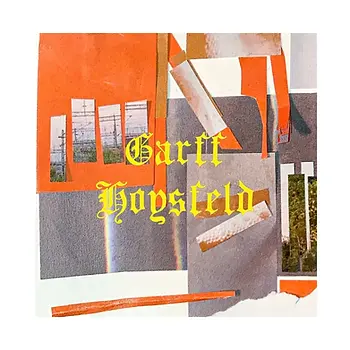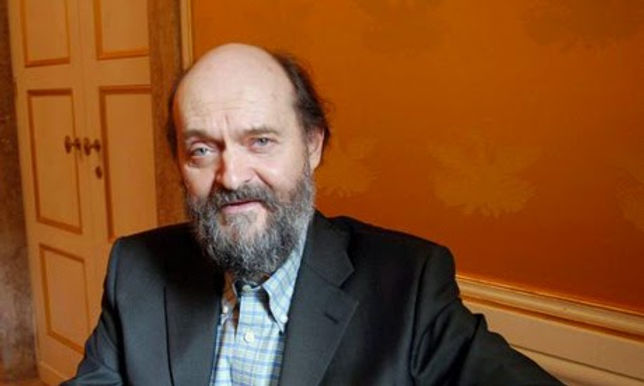
Edward McCormack‘s “Daley: Olympic Superstar,” the soundtrack to the BBC2 documentary of the same name directed by Vadim Jean, is a complex and expansive classical music album. It creatively combines orchestral grandeur with electronic sounds and synths, underscoring the documentary’s exploration of the Olympian journey of Daley Thompson.
Music as the soundtrack:
In the realm of film music composition, two predominant schools of thought exist. The first integrates musical techniques with sound effects and audio engineering, where the composer is also a master in audio engineering, names like Hans Zimmer and Ramin Djawadi are among the best-known of this style. The second relies heavily on a more classical way of creating music, using orchestration and harmonies to create a parallel narrative to the film, championed by legends such as John Williams and Howard Shore. Edward McCormack belongs to this latter tradition, using a classical orchestra to craft a musical narrative that accentuates the film’s emotional and dramatic story.
McCormack’s reverence for John Williams is evident in his compositional style. Williams’ influence, particularly his storytelling techniques, can be found in McCormack’s work. However, McCormack distinguishes his voice through his unique integration of 80s synth nostalgia with classical orchestration. Tracks like “Daley’s Fanfare,” “Montréal 1976”, “The Mighty Jürgen Hingsen”, and “Cost of Greatness and Reprise” (tracks 1, 3, 5, 14, and 15) are prime examples of robust orchestral writing that evoke Williams’ grandeur while showcasing McCormack’s distinctive style.
Music as the storyteller:
McCormack’s approach to “Daley: Olympic Superstar” demonstrates his mastery in storytelling through music. His compositions are part of the old tradition of program music, where the composer tells a story solely through musical notes, a tradition officially recognized in history books by Beethoven’s Symphony No. 6 in F major, Op. 68
“Pastoral.”
Followers of this idea believe that music belongs to the dramatic arts, such as theater and opera. Therefore, the essence and soul of the music lie in its narrative quality. Whether or not the audience is aware of a literal storyline, it is the dramatic development of the (musical) characters and their conflicts and resolutions that, on both conscious and subconscious levels, create joy for the audience and invite them to explore deeper into the message of this abstract artform, namely music.
McCormack’s belief in narrative music is so strong that he says:
“I firmly believe that music has as much to do with film scoring as paint has to do with the Mona Lisa; music is nothing more than the cheap and worthless paint. And it’s the ‘painting’ or storytelling that one does with music that is the art, not the music itself.”
His music is in fact so deeply entangled into the story that you can hear the main storyline just by listening to the album and without watching the movie itself. Just the same way that you can rewatch “Lord of the Rings” only by listening to Howard Shore’s music.
The Orchestration:
The orchestration throughout the album is exceptional. McCormack’s use of layered timbres to convey various emotions showcases his mastery of the art. The integration of electronic sounds with classical elements adds depth, creating a rich, emotional soundscape.
One of the standout features of this album is McCormack’s ability to blend orchestral and electronic elements seamlessly. The brass sections evoke epic scenes, while ambient synths introduce feelings of doubt and mystery. This contrast creates a dynamic tension within the music, reflecting the protagonist’s struggles. Strings and woodwinds act as intermediaries, supporting the synths’ dissonance and then transitioning to the brass to highlight moments of triumph.
Throughout the album, McCormack employs orchestration to depict drama, illustrating Daley Thompson’s internal and external battles. He uses the timbres of the instruments in the same way a painter uses colors on a canvas: by overlaying, mixing, and creating contrasts between them, he creates movement and drama in his work.
McCormack’s use of harmony to create a narrative story is as astonishing as his orchestration techniques.
The harmonization:
Edward McCormack’s use of harmony to create narrative moments throughout the album is evidence of his drama-centric mind. He employs dissonant harmonies with triumphant melodies or broken melody lines with full harmonic support, among many other techniques, to create tension and drama. By resolving the tense harmonies, he evokes a profound sense of relief and triumph.
A prime example of his use of harmony to tell a story is at the beginning of the album, where we hear “Daley’s Fanfare,” a full and epic orchestral suite that illustrates the character’s grand journey. Simultaneously, the immensely complex harmonies and numerous modulations hint at the challenging path ahead for the main character. This hidden message subtly informs the audience on a subconscious level about the complex and epic journey ahead, both physical and mental.

Conclusion:
“Daley: Olympic Superstar” by Edward McCormack is a masterful blend of orchestral and electronic music that enhances the narrative of the documentary while standing as a compelling work on its own. McCormack’s ability to tell a story through music places him in the lineage of great film composers like John Williams, while his unique voice ensures that his compositions are distinctly his own. This album is a must-listen for fans of orchestral film music and those who appreciate the intricate interplay of classical and modern elements.
#EdwardMcCormack #DaleyOlympicSuperstar #ClassicalMusic #FilmScore #Soundtrack #ProgramMusic #BBC2 #DocumentarySoundtrack #Orchestration #JohnWilliamsInfluence #FilmMusic #MusicReview #EpicSoundtrack #ClassicalOrchestration #Olympics #VadimJean #MusicalStorytelling #BeethovenInfluence #80sSynth #OrchestralMusic

